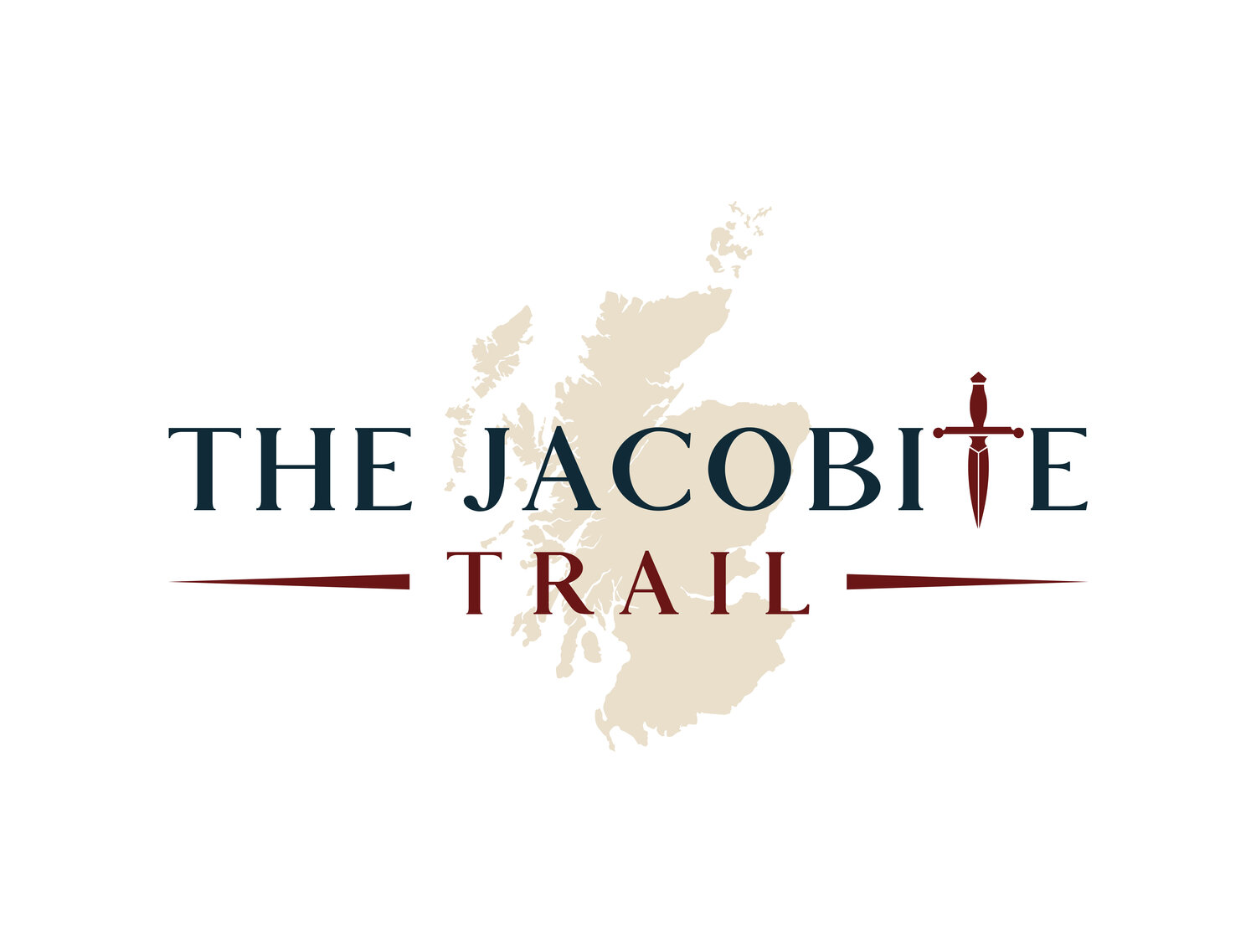
The Battle of Culloden
“The graves of the gallant Highlanders who fought for Scotland & Prince Charlie, are marked by the names of their clans.”
(stone inscription at Culloden)
Culloden: A Defining Moment in Scottish History
The Battle of Culloden, fought on April 16, 1746, stands as a pivotal event in Scottish history, marking the end of the Jacobite uprising and the culmination of centuries-old tensions between the Highland clans and the British government.
Situated near Inverness in the Scottish Highlands, this fateful clash between the forces of the Jacobite pretender, Charles Edward Stuart, and the government troops led by the Duke of Cumberland, forever altered the political and cultural landscape of Scotland.
In this comprehensive guide, we delve into the intricate details of the Battle of Culloden, unraveling its causes, course, and consequences, while shedding light on its enduring significance in shaping the destiny of Scotland and its people.
Prelude to Conflict: Origins and Causes of the Jacobite Uprising
The roots of the Battle of Culloden can be traced back to the deep-seated political, religious, and cultural divisions that plagued Britain in the early 18th century. At the heart of the conflict was the question of dynastic succession to the British throne and the enduring loyalty of the Scottish Highlanders to the exiled Stuart monarchy.
Following the Glorious Revolution of 1688, which saw the overthrow of Catholic King James II, the Protestant Hanoverian dynasty ascended to the throne, sparking discontent among the Jacobites who remained loyal to the Stuart cause.
The simmering tensions came to a head in 1745 when Charles Edward Stuart, known as Bonnie Prince Charlie, launched a daring campaign to reclaim the British throne for his father, James Francis Edward Stuart.
With the support of Highland clans and French allies, Charles raised his standard at Glenfinnan, rallying thousands of Scots to his cause and embarking on a daring march southward into England.
The Jacobite uprising gained momentum as they scored victories at Prestonpans and Falkirk, raising hopes of a Stuart restoration and striking fear into the hearts of the Hanoverian government.
The Battle of Culloden: Clash of Titans on the Moor
The decisive confrontation between Jacobite and government forces took place on the bleak moorland of Culloden, just east of Inverness, on April 16, 1746. Led by the Duke of Cumberland, the government army comprised well-disciplined troops equipped with muskets and artillery, while the Jacobites, though fiercely motivated, lacked sufficient training and firepower.
As the two armies faced off on the mist-shrouded battlefield, the stage was set for a brutal and one-sided conflict. The government forces unleashed a withering barrage of artillery fire and musket volleys, devastating the Jacobite ranks and causing chaos and confusion among their ranks. Despite their valiant efforts, the Highland clans, fighting with broadswords and targes, were no match for the disciplined firepower of the government troops.
The battle quickly descended into a bloody rout, with the Jacobites suffering heavy casualties and being driven from the field in disarray. The Duke of Cumberland's ruthless tactics spared no quarter, and in the aftermath of the battle, hundreds of Jacobite prisoners were executed, while many more were subjected to harsh reprisals and punitive measures.
Aftermath and Legacy: Impact of Culloden on Scotland
The aftermath of the Battle of Culloden was swift and brutal, marking the beginning of a dark chapter in Scottish history known as the Highland Clearances. In the wake of the defeat, the British government embarked on a ruthless campaign to suppress Highland culture and dismantle the traditional clan system.
The wearing of tartan and the carrying of weapons were banned, while clan chiefs were stripped of their powers and landholdings, leading to widespread social upheaval and economic hardship.
Moreover, the battle dealt a decisive blow to the Jacobite cause and shattered any hopes of a Stuart restoration. Bonnie Prince Charlie himself narrowly escaped capture and fled into exile, while his supporters faced persecution and exile. The defeat at Culloden also marked the decline of Gaelic culture and the traditional way of life in the Highlands, as the region was forcibly integrated into the British state.
Despite its devastating consequences, the Battle of Culloden holds a profound significance in Scottish national identity and memory. The site of the battle has become a place of pilgrimage for Scots and visitors alike, serving as a poignant reminder of the sacrifices made by those who fought and died on the moor.
In 1881, the National Trust for Scotland acquired the battlefield, preserving it as a memorial to the fallen and a testament to Scotland's turbulent past.
Conclusion
The Battle of Culloden remains etched in the annals of Scottish history as a defining moment that shaped the destiny of the nation. From its origins in the Jacobite uprising to its devastating aftermath, the battle symbolizes the enduring struggle for freedom, identity, and independence. As we reflect on the legacy of Culloden, let us honor the memory of those who fought and died on the moor, and reaffirm our commitment to preserving Scotland's rich cultural heritage and traditions for future generations.
